Disclosure: This article contains affiliate links. We may earn a commission from purchases at no extra cost to you, which helps our travel content.
When I first landed in Kinshasa last October, the humid air hit me like a wall as I stepped off the plane. After 15 years exploring sustainable travel options across four continents, the Democratic Republic of Congo had always remained an intriguing blank spot on my map. As a sustainability professional who's completed 37 marathons across the globe without relying on a personal vehicle, I'm constantly seeking adventures that combine physical challenge with environmental consciousness. Kinshasa—a sprawling metropolis of over 17 million people situated along the banks of the world's deepest river—offers precisely this unique combination. Over the course of seven remarkable days, I discovered that navigating this complex urban environment and the mighty Congo River requires preparation, respect, and an open mind. What follows is my data-driven yet deeply personal account of an expedition that challenged my perceptions and expanded my understanding of sustainable adventure travel.
Navigating Kinshasa's Urban Landscape
Kinshasa presents a fascinating study in contrasts—a city where gleaming high-rises stand adjacent to vibrant, densely populated neighborhoods. As someone who specializes in car-free travel, I immediately set about analyzing the transportation network.
The most efficient way to navigate Kinshasa is through a combination of shared taxis (often painted yellow) and the ubiquitous minibus system locals call spirit of death due to their sometimes precarious condition. While this nickname might sound alarming, I found that with proper precautions, these vehicles offer an authentic glimpse into daily Congolese life.
For longer distances, I recommend arranging transport with established companies. After thorough research, I settled on using Maps.Me for navigation, as it allowed me to download detailed maps of Kinshasa before arrival, critical in areas with spotty data coverage.
On my second day, I joined a guided walking tour of Gombe district, Kinshasa's administrative and business center. My guide Joseph, a former university professor, provided invaluable context about the city's colonial history and current sustainability challenges. We visited the Central Market, where I witnessed the incredible entrepreneurial energy of Kinois (Kinshasa residents) firsthand.
While exploring the city, maintaining hydration is essential. The tropical climate demands consistent water intake, and I relied heavily on my water purifier to avoid single-use plastic waste—a small sustainability practice that aligns with my professional values while addressing a practical travel need.
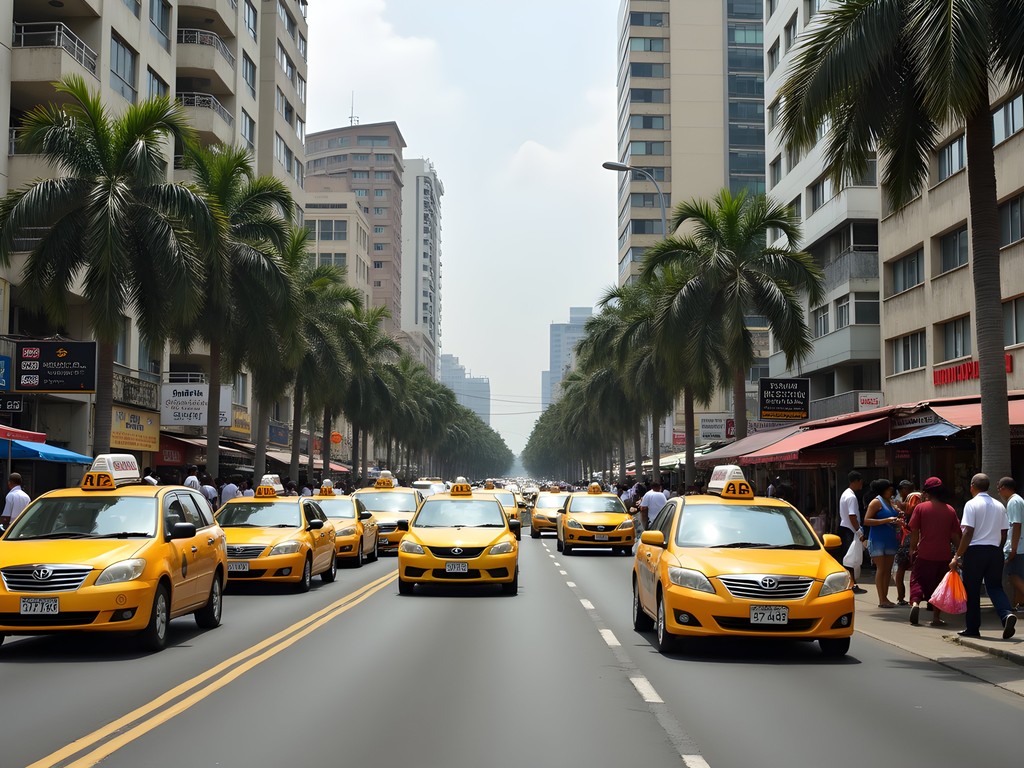
💡 Pro Tips
- Use established taxi services recommended by your accommodation
- Learn basic Lingala phrases—locals appreciate the effort
- Wear lightweight, moisture-wicking clothing in the humid climate
Running the Urban Jungle: A Marathon Runner's Perspective
As an avid marathon runner, maintaining my training schedule while traveling is non-negotiable. Kinshasa presented unique challenges and rewards for my morning runs.
I typically set out at 5:30 AM to beat both the heat and traffic. My preferred route followed the relatively quiet roads near the Congo River in Gombe district, where the morning light created spectacular views of Brazzaville across the water. The route offered approximately 5km of relatively flat terrain with minimal traffic during early hours.
Safety considerations are paramount when running in unfamiliar urban environments. I always carried identification, a small amount of local currency, and wore my running belt which securely held my essentials without bouncing—crucial when navigating uneven sidewalks.
One memorable morning, I encountered a group of local runners who invited me to join their informal club. Despite my limited Lingala and their limited English, we communicated through the universal language of running. They showed me routes I would never have discovered independently, including a beautiful stretch along a less developed section of the riverbank where fishermen were preparing their boats for the day.
These runs provided valuable insights into Kinshasa's daily rhythms—watching the city wake up, observing how residents commute, and understanding the environmental challenges facing urban areas in developing regions. As a sustainability professional, these observations informed my perspective on how infrastructure development and environmental protection intersect in rapidly growing African cities.
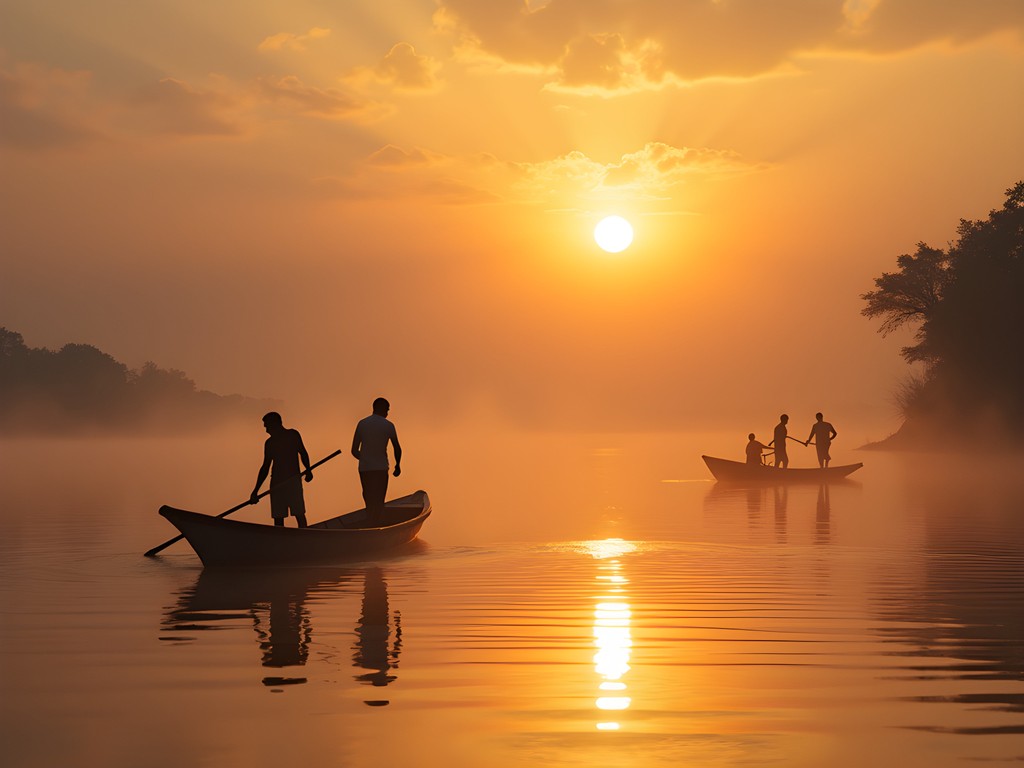
💡 Pro Tips
- Run early to avoid heat and traffic
- Stick to well-populated areas for safety
- Bring small bills if you need to purchase water
Congo River Expedition: The Heart of the Adventure
No visit to Kinshasa is complete without experiencing the mighty Congo River—the world's deepest river and second-largest by volume after the Amazon. After researching sustainable tourism options, I arranged a three-day expedition with a local operator committed to environmental protection and community support.
Our journey began at Kinshasa's river port, where we boarded a modernized traditional pirogue—a long, sturdy boat powered by an outboard motor. Our guide, Emmanuel, had 25 years of experience navigating these waters and shared extensive knowledge about the river ecosystem.
The expedition took us upstream to explore the countless islands that dot the river between Kinshasa and Maluku. We spent nights at small eco-camps on river islands, where local communities have established basic but comfortable accommodations. The data is compelling: these community-based tourism initiatives return approximately 70% of revenue directly to local populations, compared to just 5-10% from conventional tourism models.
The biodiversity along the river corridor is remarkable. We observed numerous bird species, monitor lizards, and even glimpsed hippos at a safe distance. Emmanuel explained how river levels fluctuate seasonally and how local communities have adapted their fishing and agricultural practices accordingly.
For photography enthusiasts, I recommend bringing a waterproof camera case to protect your equipment from water spray and sudden tropical downpours. The dramatic landscapes and cultural encounters along the river create compelling photographic opportunities worth protecting.
Perhaps most memorable was our visit to a riverside village where we participated in traditional fishing techniques and learned about local conservation efforts. The community leader explained their sustainable fishing practices—a system developed over generations that ensures fish populations remain viable for future harvests.
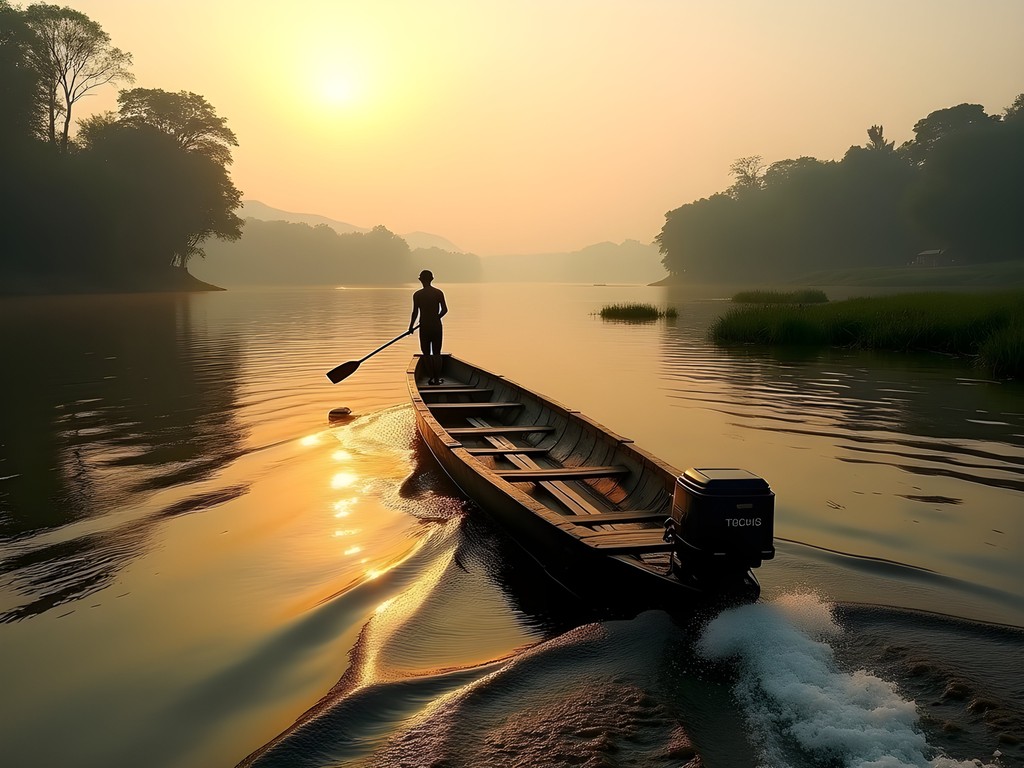
💡 Pro Tips
- Book river expeditions through reputable operators with safety records
- Pack light, quick-dry clothing that provides sun protection
- Respect local customs when visiting riverside communities
Sustainable Cultural Immersion in Kinshasa
Between my river adventures and urban exploration, I dedicated time to understanding Kinshasa's vibrant cultural scene—an essential aspect of responsible tourism often overlooked in coverage of the DRC.
The Académie des Beaux-Arts houses impressive collections of contemporary Congolese art that provide insight into how artists interpret the country's complex history and current challenges. I spent an afternoon with Professor Lema, a curator who explained how many artists incorporate recycled materials into their work—a creative response to environmental challenges that resonated with my sustainability background.
Kinshasa's music scene is legendary, with the city being the birthplace of soukous and rumba Congolaise. After consulting with local contacts, I visited a few recommended venues where live music performances showcase the incredible talent that has made Congolese music influential across Africa. One standout evening was spent at a small club where musicians performed using both traditional and modern instruments, creating a fusion sound that had everyone dancing by midnight.
Food exploration is another avenue for cultural understanding. I joined a cooking class led by Mama Jeanne, who introduced our small group to traditional Congolese dishes like pondu (cassava leaves) and liboke (fish steamed in banana leaves). The experience highlighted the resourcefulness of local cuisine and its emphasis on fresh, seasonal ingredients.
For those interested in deeper cultural immersion, I recommend learning about Kinshasa's fashion phenomenon known as Sapeurs—members of the Société des Ambianceurs et des Personnes Élégantes (Society of Ambiance-Makers and Elegant People). These fashion devotees create elaborate, colorful outfits despite often limited financial resources—a fascinating expression of creativity and resilience.
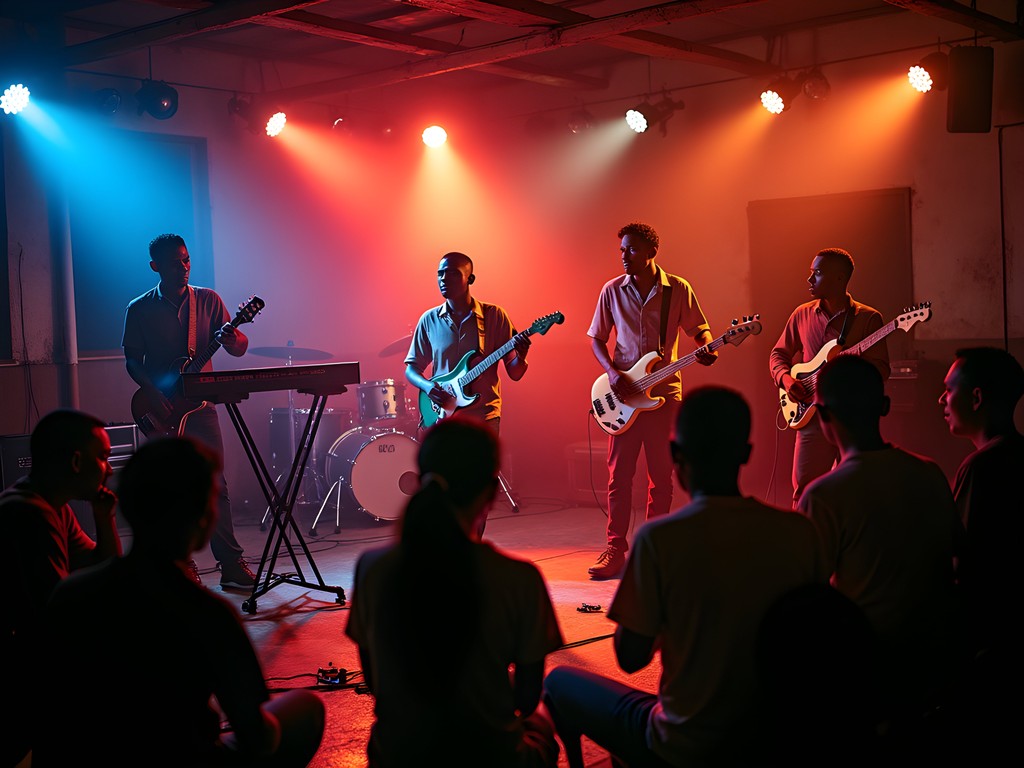
💡 Pro Tips
- Ask permission before photographing people
- Support local artists by purchasing directly from studios and galleries
- Try local foods at established restaurants recommended by your accommodation
Practical Transportation Logistics: A Sustainability Manager's Approach
As someone who specializes in car-free travel and sustainable transportation, navigating Kinshasa presented a fascinating case study in urban mobility challenges and solutions.
Unlike many cities I've visited, Kinshasa lacks formal public transportation networks. Instead, the transportation ecosystem consists of shared taxis, minibuses (esprit de mort), motorcycle taxis (wewa), and private hire vehicles. Each option presents different considerations for safety, cost, and environmental impact.
For sustainability-minded travelers, shared transportation offers the lowest carbon footprint. However, safety considerations sometimes necessitate private options. I developed a hybrid approach: using shared taxis for daytime trips along main routes while arranging private drivers for evening transportation or visits to less accessible areas.
Navigating this system requires preparation. I used my portable power bank religiously to ensure my phone remained charged for maps and translation apps—essential tools when communicating with drivers.
One morning, I spent time analyzing Kinshasa's transportation patterns from a cafe overlooking a busy intersection. The data points were fascinating: minibuses carried an average of 18 passengers despite being designed for 12, while private vehicles typically transported just one person—a stark illustration of transportation efficiency disparities common in many developing urban centers.
For trips outside the city center, including my journey to Lola ya Bonobo (a bonobo sanctuary about 25km from Kinshasa), I arranged transportation through my accommodation. This approach provided reliable vehicles with drivers knowledgeable about road conditions and safety considerations.
When planning your own transportation in Kinshasa, remember that flexibility is essential. Traffic congestion can be severe, and journey times vary significantly depending on weather, events, and unpredictable factors. Building buffer time into your schedule prevents stress and allows for the serendipitous encounters that often become the most memorable parts of travel.
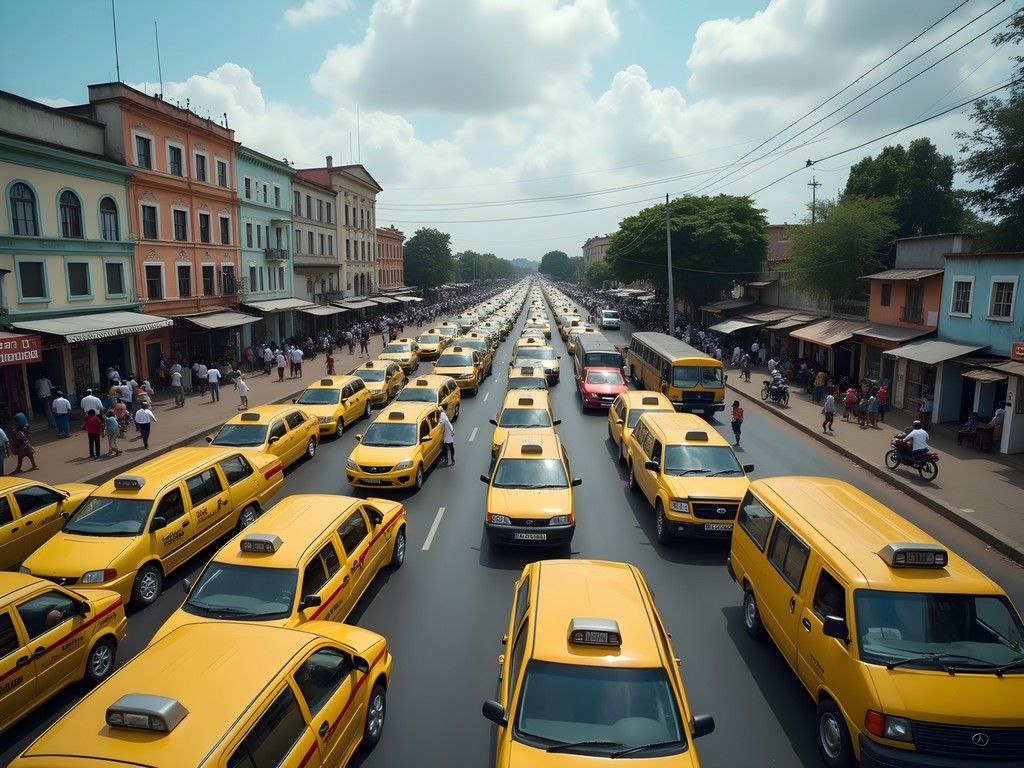
💡 Pro Tips
- Establish prices before entering any taxi
- Save your accommodation's phone number and address in both French and English
- Use transportation arranged through established businesses for longer journeys
Final Thoughts
My week in Kinshasa and along the Congo River challenged preconceptions and reinforced my belief that sustainable adventure travel can thrive even in destinations perceived as challenging. The combination of urban exploration, river expedition, and cultural immersion created a multifaceted experience that revealed Kinshasa's complexity and beauty. As both a sustainability professional and marathon runner, I found the city's resilience and energy deeply inspiring. While Kinshasa requires more preparation than many destinations, the rewards—genuine cultural exchange, remarkable natural wonders, and unique adventures—make it worthwhile for experienced travelers willing to step beyond conventional tourism paths. If you're considering this journey, embrace the planning process, connect with local guides, and approach the experience with an open mind. The Congo River and Kinshasa's urban landscape offer adventures that will reshape your understanding of this remarkable region.
✨ Key Takeaways
- Kinshasa rewards thorough preparation and flexibility
- Local guides provide essential context and enhance safety
- The Congo River offers unique adventure opportunities accessible from the city
- Sustainable tourism choices directly benefit local communities
- Cultural immersion through art, music and food provides deeper understanding
📋 Practical Information
Best Time to Visit
May-September (dry season) or October-November (shoulder season)
Budget Estimate
$100-150/day excluding international flights
Recommended Duration
7-10 days
Difficulty Level
Challenging


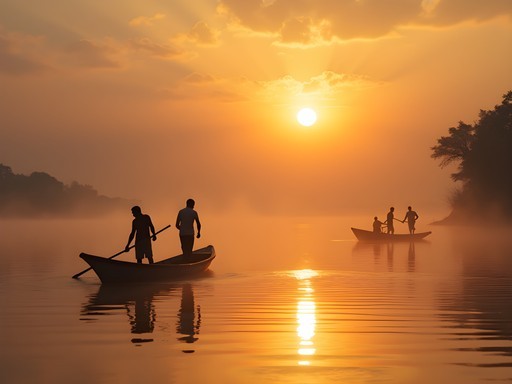

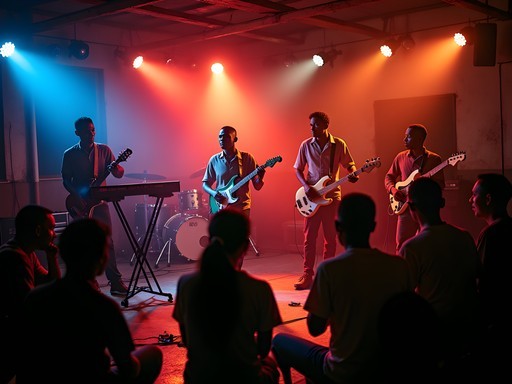
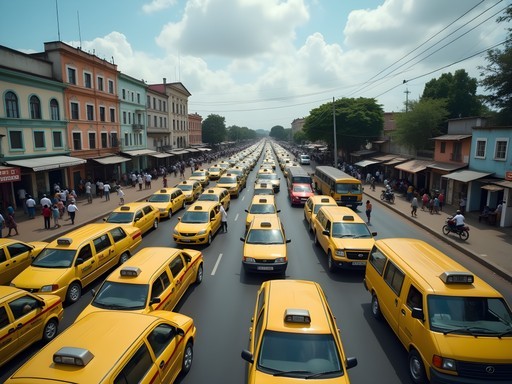


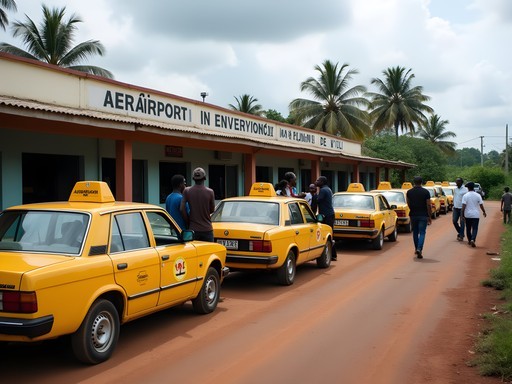



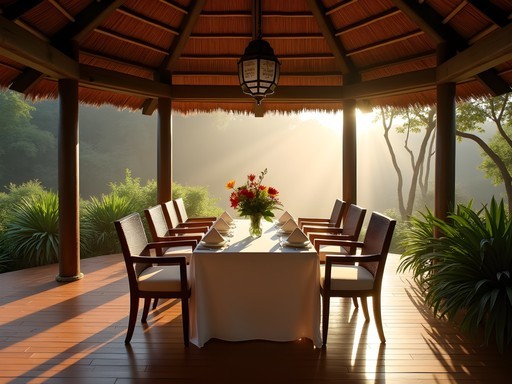
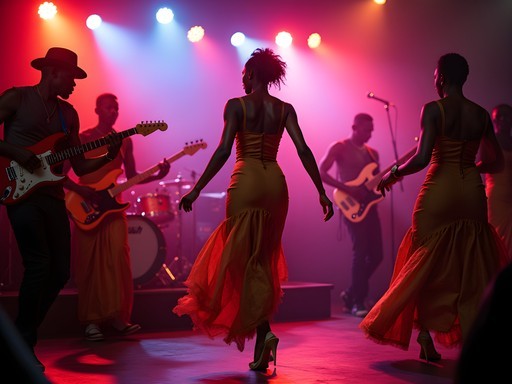


Comments
winterzone
what camera did you use for those night shots of the river? they're incredible!
Joshua Stewart
Thanks winterzone! I used my Sony A7III with a 24-70mm lens. The low light performance is amazing, though I still had to stabilize it carefully on the boat!
starbuddy
that river expedition looks intense! not sure i'm brave enough for that lol
winterzone
same! but those sunset pics on the river are making me reconsider!
Casey Andersson
Joshua, your post brings back memories of my unexpected layover in Kinshasa three years ago that turned into a 4-day adventure! While my usual travel style leans toward luxury accommodations, I found myself completely captivated by the raw energy of the city. Your marathon runner's perspective is such a clever way to frame the experience - the city does demand a certain endurance! I stayed at the Kempinski Hotel which offered a fascinating contrast to the surrounding neighborhoods. My guide Marcel (who sounds similar to your Philippe) took me to the Symphonies Naturelles art collective which I highly recommend to anyone visiting. Did you get a chance to experience the emerging fine dining scene? There's a fusion restaurant near the embassy district that's doing incredible things with traditional Congolese ingredients in surprisingly sophisticated ways.
triprider
How safe did you feel in Kinshasa? Planning a trip to Central Africa next year and wondering if I should include DRC in my itinerary?
Joshua Stewart
Great question! Like many major cities, it requires awareness. I felt comfortable with local guides in most areas, but wouldn't recommend wandering alone at night. The tourist areas near the river and main hotels are well-monitored. Feel free to DM me for specific safety tips if you decide to go!
backpackzone7901
I'd second what Joshua said! Also, make sure you have your visas sorted well in advance - the process can be slow. I used travel insurance which covered the Congo specifically, gave me peace of mind.
Douglas Bradley
Joshua, your approach to sustainable travel in Kinshasa resonates with my own philosophy. I spent three weeks in DRC last year documenting community-led conservation efforts. The juxtaposition of urban challenges and natural beauty you've captured is spot on. I'd add that travelers should consider the seasonal variations - I found November-December offered slightly less humidity while maintaining good river conditions. The local guides' ecological knowledge was perhaps the most valuable resource. Did you notice how the community-based tourism initiatives are evolving compared to other African nations? I found DRC's approach refreshingly less commercialized, though infrastructure remains the obvious challenge.
Joshua Stewart
Great observations, Douglas. You're right about the seasonal timing - I was fortunate with weather in October. The community tourism initiatives are definitely taking a different path than what I've seen in East Africa or Southern Africa. Less packaged, more authentic connections, though requiring more patience from travelers. Your conservation work sounds fascinating - would love to hear more about it.
citylover
those river photos are incredible! never thought about visiting Kinshasa before
backpackzone7901
Wow Joshua! This is exactly the kind of adventure I live for! I did a shorter Congo River trip last year but only ventured about 30km outside Kinshasa. The biodiversity along those riverbanks is INSANE! Did you get to visit any of the smaller villages along the way? The hospitality I experienced was unforgettable - shared a meal with a family who insisted I try everything! Your marathon running perspective adds such a unique angle to experiencing the city too.
Joshua Stewart
Thanks backpackzone7901! Yes, we stopped at three villages along the way. The one that stood out most was about 80km downriver where we were invited to a community fishing celebration. Incredible experience! The marathon training definitely helped navigate Kinshasa's chaotic energy.
backpackzone7901
That fishing celebration sounds amazing! Adding that to my bucket list for next time!
greenway
Just got back from Kinshasa myself! The river expedition was the highlight of my trip too. For anyone planning to go - bring more cash than you think you'll need (many places don't take cards) and definitely pack light, breathable clothes for the humidity. The sustainable tourism approach Joshua mentions is so important there. The local guides really appreciate visitors who show interest in conservation efforts.
redwalker
Thanks for the tips! Did you feel safe the whole time?
greenway
Yeah, mostly! Just used common sense - didn't go out alone at night, kept valuables hidden, etc. Having a local guide made a huge difference.
roamseeker
Those river market photos are incredible! Really captures the energy of the place.
Taylor Moreau
Excellent write-up on sustainable travel in the DRC, Joshua. As someone who's traveled to Kinshasa for business multiple times, I appreciate your balanced perspective that acknowledges both challenges and opportunities. Your section on cultural immersion particularly resonated with me. The local transportation insights are valuable - I've always relied on hotel drivers but will consider your approach next time. One question: did you encounter any difficulties with permits for the river expedition? I understand regulations change frequently.
Venture X
Premium card with 2X miles, $300 travel credit, Priority Pass